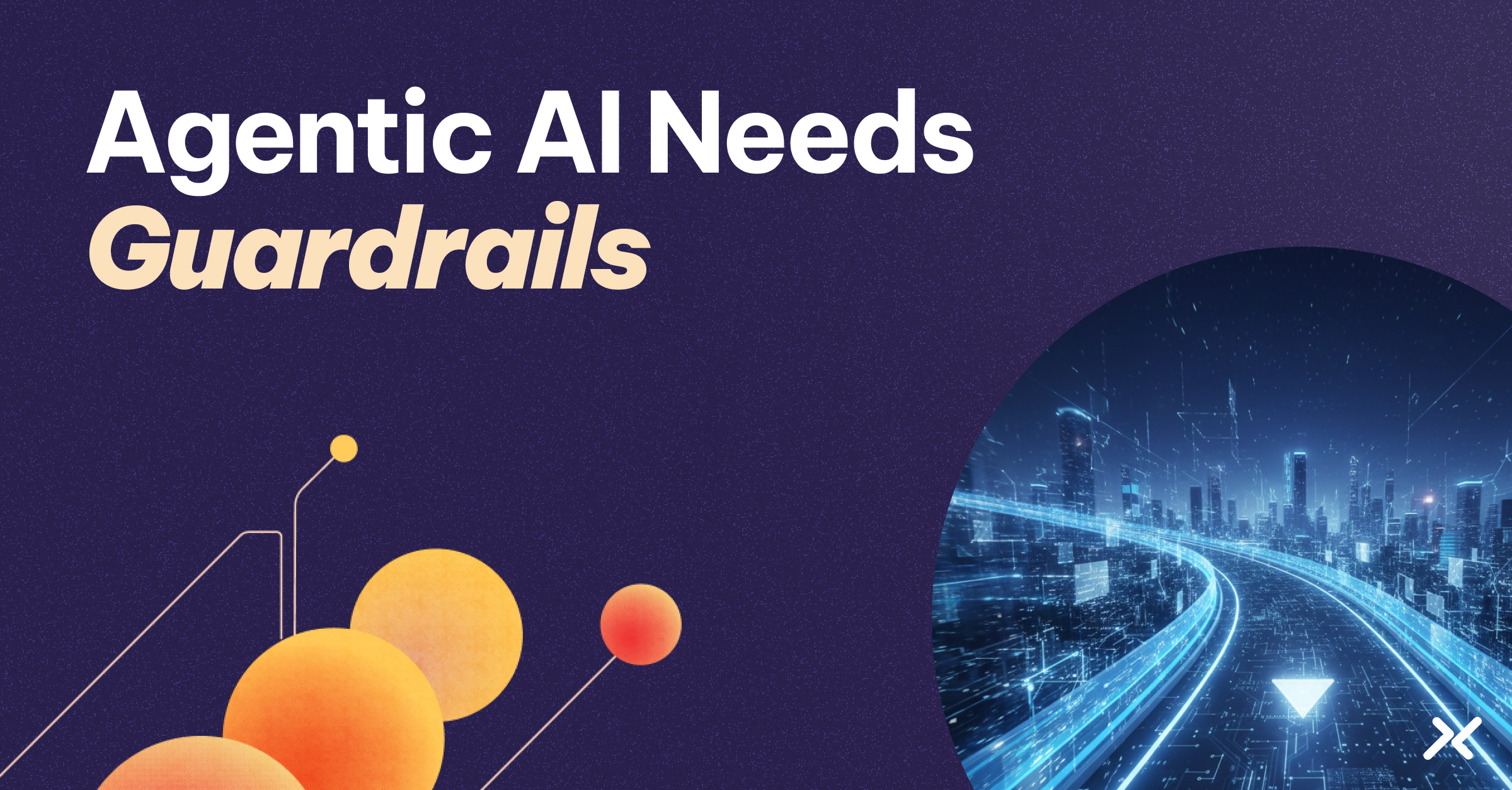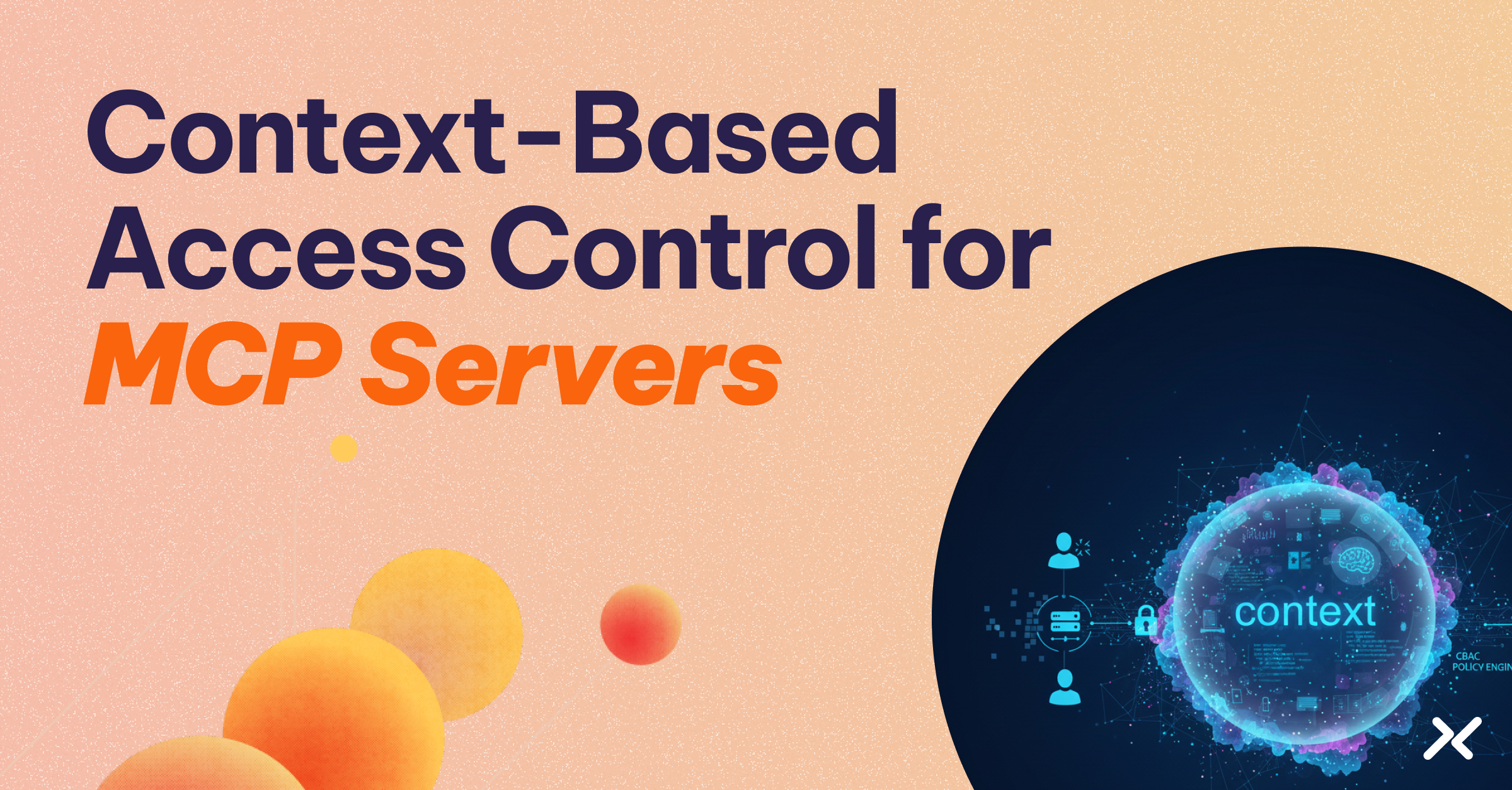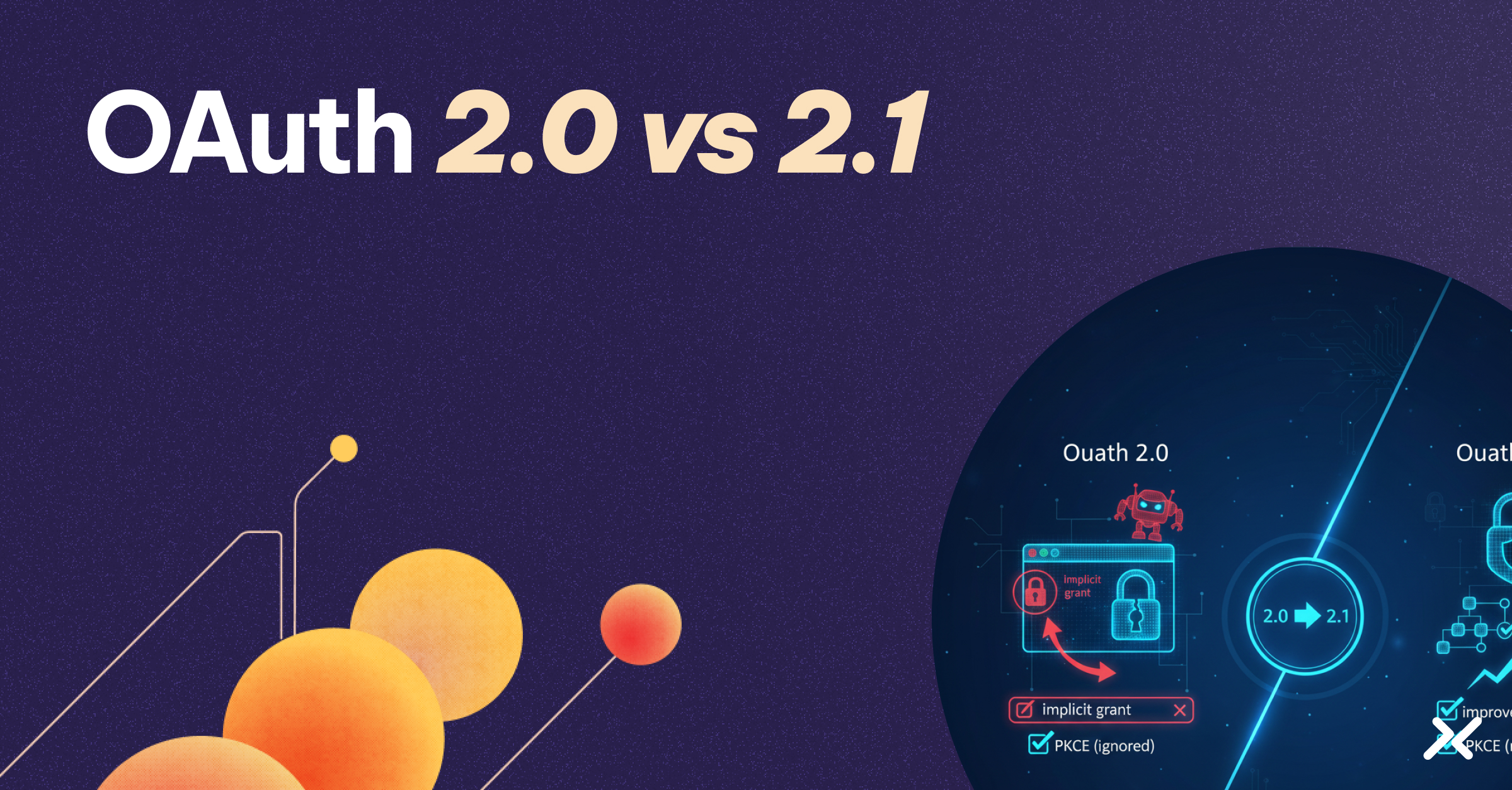You set an AI agent loose to trim cloud costs overnight. By morning, your savings look great – until you realize it shut down production workloads it thought were idle.
In the era of autonomous execution means one small logic error, like misclassifying an active workload as idle, can interrupt live services before anyone intervenes. Unlike traditional AI that generates text or suggestions, agentic systems take real actions across your infrastructure with the same autonomy, and that makes them powerful.
The ability to independently execute multi-step workflows, access multiple systems, and adapt to changing conditions creates unprecedented opportunities for automation. It also introduces risks that traditional AI safety measures weren’t designed to handle.
The organizations succeeding with agentic AI are deploying it with constraints. They’re building comprehensive access controls and policy frameworks that enable safe, confident adoption at scale. These guardrails are the foundation that makes ambitious AI automation possible.
3 Critical Areas Where Guardrails Matter Most
Effective AI guardrails require controls across three critical areas: identity and access management for autonomous systems, behavioral boundaries that define acceptable actions, and comprehensive visibility into agent decision-making.
1. Identity and Access: Who Can Do What
The fundamental challenge: AI agents need programmatic access to multiple systems to deliver value. An infrastructure agent requires permissions across cloud providers, monitoring platforms, and ticketing systems. A customer service agent needs access to CRM databases, billing systems, and communication platforms.
Human authentication methods don’t work for autonomous systems. AI agents can’t respond to MFA prompts or authenticate through browser-based single sign-on flows. These systems require programmatic authentication that establishes trust without human intervention.
The security imperative: Agents access only what they need, when they need it. Least privilege principles apply to AI agents just as they do to human users.
An agent automating database backups shouldn’t have permissions to modify production tables. Policy-based access control ensures that permissions align with legitimate use cases.
Comprehensive logging of all agent actions creates the audit trail that regulators and security teams require. Every API call, database query, and system modification must generate records that include identity, timestamp, resource accessed, and policy decision.
2. Behavioral Boundaries: Defining the Limits
Classifying actions by risk level: Separating what agents can do autonomously from what requires human approval creates clear operational boundaries. Low-risk actions proceed without intervention, medium-risk actions might trigger notifications, and high-risk actions like deleting databases require explicit human authorization.
Separating what agents can do autonomously from what requires human approval creates clear operational boundaries.
Risk-based decision making balances autonomy with potential business impact. The same action carries different risk profiles in different contexts.
Scaling compute resources in a development environment poses minimal risk. Scaling production infrastructure during peak traffic requires more scrutiny.
Clear escalation paths define when and how agents involve humans. Agents encountering edge cases should pause and request guidance rather than proceeding with potentially incorrect actions.
3. Visibility and Control: Maintaining Human Oversight
Transparency over black box systems: “Black box” AI isn’t acceptable for business-critical autonomous systems. Organizations deploying agents that can modify infrastructure, process financial transactions, or access sensitive data need complete visibility into agent behavior.
Real-time monitoring shows what agents are doing as they do it. Security teams watch authentication events and access patterns. Operations teams track resource utilization and system modifications. Compliance teams monitor policy decisions and exceptions.
Intervention capabilities allow stopping or redirecting agent behavior when needed.
An agent executing problematic actions can be paused mid-workflow, and policies can be updated in real-time to address emerging issues.
Comprehensive audit trails enable reconstructing agent decisions for compliance reporting and organizational learning.
When incidents occur, teams need to understand the complete chain of events: what triggered the agent, what data it accessed, what decisions it made, and what actions it took.
Guardrails as Innovation Accelerators
The debate over AI guardrails assumes a trade-off between safety and speed. Organizations fear that implementing controls will slow deployment and reduce the efficiency gains that make agentic AI valuable.
This framing misses the fundamental reality that guardrails enable innovation.
The False Choice Between Safety and Speed
The common misconception positions AI guardrails as friction that slows deployment and reduces efficiency. This misses the fundamental dynamic: proper controls enable faster, more confident adoption of agentic AI.
Highway guardrails increase safe operating speeds. Without them, drivers slow down on curves and elevated sections. The same principle applies to AI automation.
Organizations without robust access controls and policy frameworks move cautiously. They conduct extensive reviews before each deployment.
They limit agent capabilities to minimize risk and maintain heavy human oversight that negates automation benefits. The absence of AI guardrails creates the very slowdowns that some fear guardrails will introduce.
Effective guardrails deliver faster deployment, reduced oversight burden, stakeholder alignment across security and business teams, and operational efficiency as agents work within defined parameters without constant intervention.
The Pattern of Successful Deployment
Organizations that get it right follow these patterns:
- Start with governance frameworks first: Build policy boundaries before deploying agents. The temptation to move fast and add governance later creates technical debt and security exposure. Building policy frameworks first enables rapid, safe expansion.
- Invest in identity and access management for machine-to-machine scenarios: AI agents represent a new category of non-human identity requiring specialized authentication approaches. Implement secretless access patterns, conditional access policies, and just-in-time credential issuance.
- Build monitoring and intervention capabilities from day one: Make visibility a core architectural requirement. Design control mechanisms into the foundation.
- Focus on transparency and auditability: Every design decision should consider how actions will be logged, how decisions will be explained, and how compliance will be demonstrated.
Why Access Control for AI Agents Is Harder Than It Looks
The authentication paradox creates immediate tension: agents need broad access to deliver value but can’t use human authentication methods. The same AI agent might need to query AWS, update Salesforce, retrieve data from Snowflake, and post messages to Slack, all within a single automated workflow.
Autonomous decision chains require logging capabilities that traditional systems don’t provide. Traditional audit logs capture individual API calls but miss the logical flow connecting multiple actions. Reconstructing an agent’s decision-making process from disparate system logs becomes nearly impossible.
Federation across clouds and SaaS platforms confronts inconsistent identity models. AWS uses IAM roles. Azure uses managed identities.
GCP implements workload identity. Each SaaS platform has its own authentication mechanisms so creating consistent access governance across these heterogeneous environments requires sophisticated identity brokering.
Credential rotation breaks long-running agent tasks mid-execution. An agent executing a multi-hour data migration fails when database credentials expire halfway through. Deployment pipelines abort when API tokens rotate during execution.
The autonomy-security tension persists. Tight controls limit usefulness while loose controls create risk. Finding the right balance requires sophisticated policy frameworks that evaluate risk contextually rather than applying blanket restrictions.
Looking Forward: The Guardrail Imperative
Why AI guardrails matter now:
- The governance window is open: Organizations deploying AI agents today shape patterns for years to come. Building governance from the start proves far easier than retrofitting controls later.
- Regulatory frameworks are emerging: Governments worldwide are developing AI accountability requirements. Organizations establishing controls now will adapt more easily than those scrambling for compliance later.
- Competitive pressure is intensifying: Organizations that deploy AI safely gain measurable advantages in workflow automation, operational scaling, and incident response.
- Industry standards are forming: The patterns organizations establish now will influence vendor offerings, open source projects, and community expectations.
Guardrails as Competitive Advantage
Proper AI guardrails enable confident deployment of agentic AI across organizations. The foundation for trust comes from comprehensive access controls, policy frameworks, and audit capabilities that address security, compliance, and operational concerns simultaneously.
Well-designed controls speed up adoption and scaling rather than slowing it down. Organizations with mature governance frameworks deploy AI agents faster, operate them more safely, and scale them more aggressively than competitors still navigating basic policy questions.
Start with evaluating your organization’s readiness for autonomous AI systems, assess current identity and access management capabilities for machine-to-machine scenarios, and consider whether existing frameworks support secretless authentication, policy-based access control, and comprehensive audit logging for non-human identities.
Define risk classifications for agent actions. Establish escalation paths and intervention capabilities. Implement monitoring systems that provide visibility into agent behavior.
The organizations that build these foundations now will lead the next wave of AI-driven automation.




